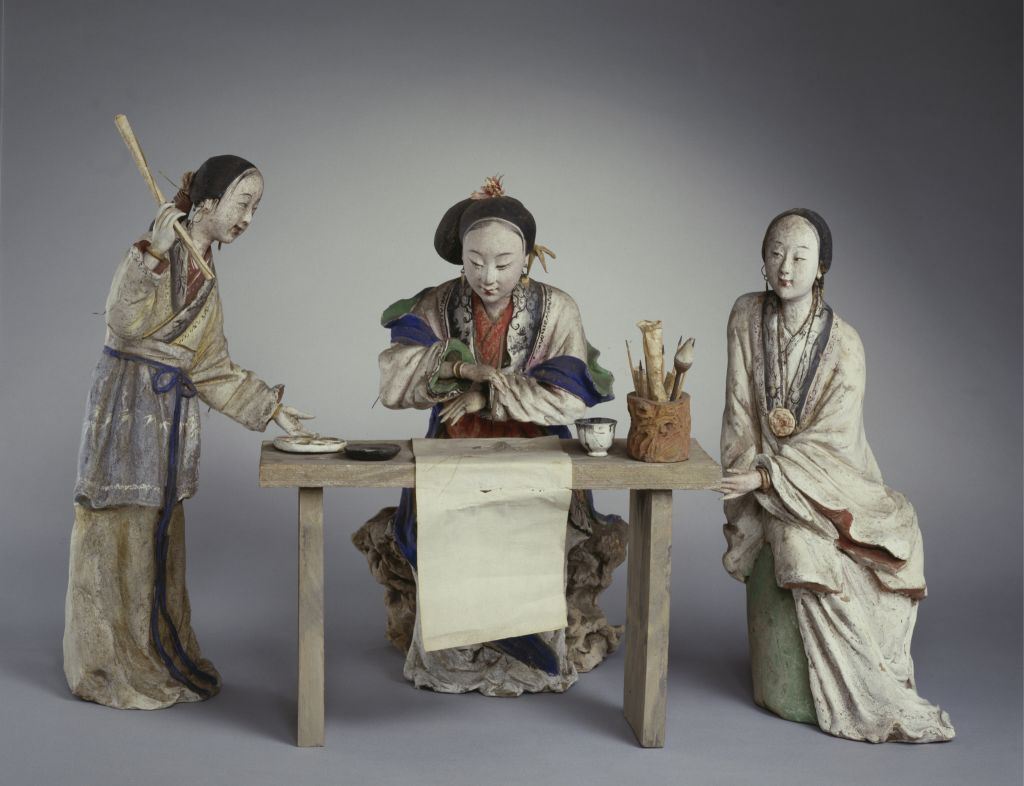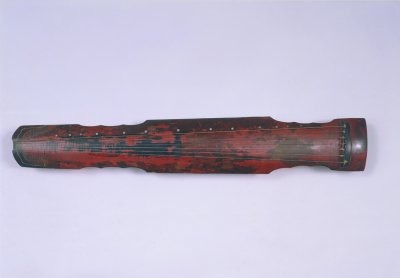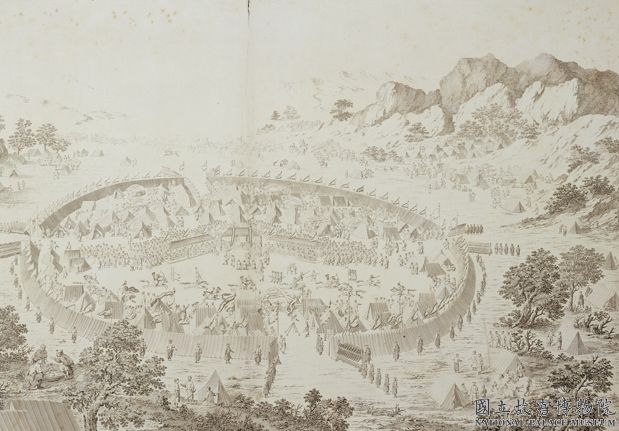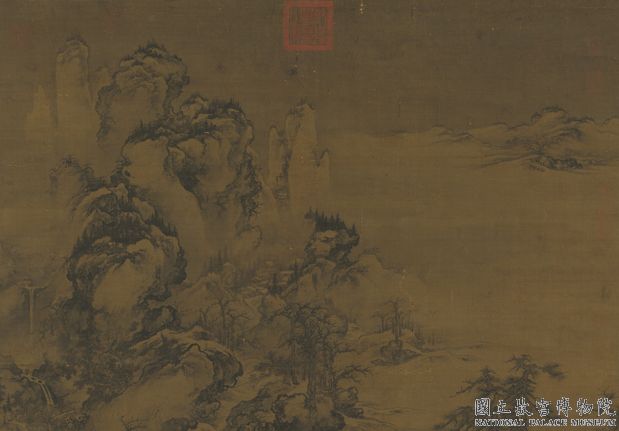[Hu Tinghui Spring Mountain Boating Map Axis]
Spring Mountain Boating Map Axis, Yuan Dynasty, painted by Hu Tinghui, silk, green and green, 143 cm vertically and 55.5 cm horizontally
This picture has no author’s recognition. On the right side, there are half of the “Tinghui” and the Tibetan seals of Kang Youwei and Wang Jiqian
The composition of the whole picture is dense and full of spring and scenery. The layout in the picture is both lofty, far-reaching and remote. It depicts mountains, towering mountains, streams and streams between mountains, lush pine trees, exquisite buildings and magnificent pavilions, and people traveling between them. At the foot of the mountain, there are streams, bridges and pools of water. The waves are like scales. Three or two people go boating to enjoy the scenery
Yang Xin wrote that Hu Tinghui was a painter rather than a calligrapher. Painters often do not sign their own famous money in their creations, and some only affix their personal seals, which is the custom from the Yuan Dynasty to the early Ming Dynasty. Hu Tinghui’s “The Painting of Maiden in the Moon Cave”, which is recorded in Wu Sheng’s “Grand View Records”, has not been signed, but only the “Tinghui Seal”. This painting “Spring Mountain Boating” also has no signature, so the residual seal of “Tinghui” cannot be a collection seal, but only the author’s seal. This picture is similar to that of the Ming Emperor’s Visit to Shu, which is collected in the Forbidden City of Taipei. Especially, the sketch is heavy. The structure of the cliff, the shape of the pine tree and the painting method of the clouds all show Hu Tinghui’s personal style. In terms of color, both have similar gorgeous colors. This painting retains many ancient techniques of green landscape in the Tang Dynasty, which is different from Zhao Mengfu’s pursuit of “ancient” style, and is of great value in identifying early landscape paintings
In 1998, Mr. Wang Jiqian, a Chinese American and collector, donated this picture to the Palace Museum.
![图片[1]-Hu Tinghui Spring Mountain Boating Map Axis-China Archive](https://chinaarchive.net/Yuan dynasty/painting/27597[1024].jpg)
![[Qing Dynasty] British female painter—Elizabeth Keith, using woodblock prints to record China from the late Qing Dynasty to the early Republic of China—1915-China Archive](https://chinaarchive.net/wp-content/uploads/2022/11/image-191x300.png)




